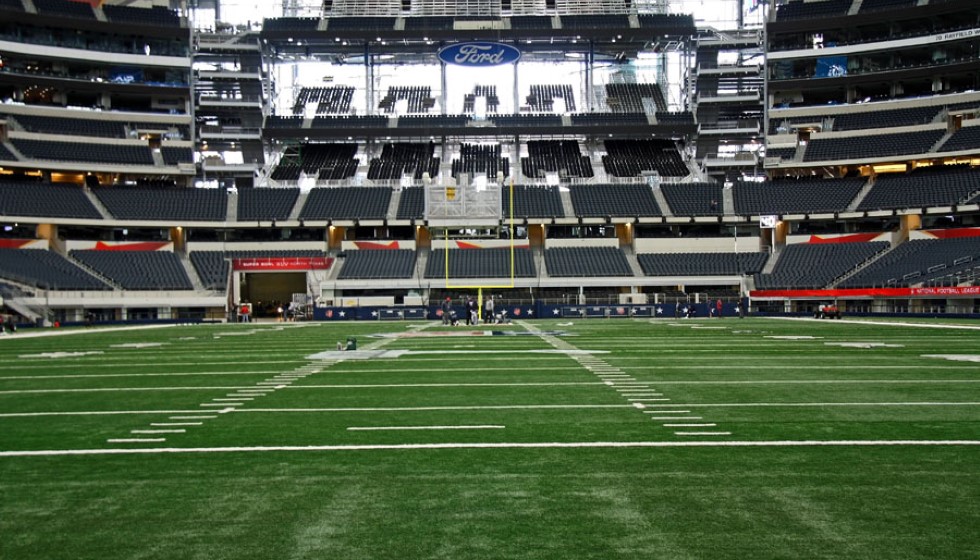
The National Football League (NFL) is making significant strides towards enhancing player safety as the 2024 NFL season approaches. In an unprecedented move, fueled by the collaborative efforts of the NFL and the NFL Players Association (NFLPA), the league has introduced more position-specific helmet models. This initiative underscores the growing recognition that players at different positions face distinct risks on the field and, therefore, require specialized protection to mitigate these dangers.
Customized Protection for Every Position
At the heart of this initiative is the understanding that the demands of each position are unique. Quarterbacks, for example, require helmets that not only provide exceptional protection against high-impact hits but also maximize their field of vision. This is crucial in enabling them to make split-second decisions that are often the difference between a game-winning play and a potentially career-ending injury.
Conversely, linemen face a different kind of hazard. The nature of their role means they are subject to repetitive, high-force impacts over the course of a game. To address this, linemen's helmets are engineered to absorb these blows, reducing the strain and minimizing the risk of injury.
Approximately eight top-rated helmets have been introduced, specifically catering to the needs of quarterbacks and linemen. These helmets are a testament to the NFL's commitment to player safety, offering tailored solutions designed to provide the best possible protection for players depending on their roles on the field.
Leading Innovations in Helmet Technology
A shining example of these advancements is Riddell's Axiom 3D model. This helmet represents the pinnacle of current helmet technology, setting a new standard for safety and performance. The interest in these specialized helmets is on the rise, with a particular push for broader adoption among linemen, who are amongst the most vulnerable to head injuries due to the nature of their position.
The impetus for these innovations can also be traced back to high-profile incidents such as the helmet-related injury of Patrick Mahomes. Such cases have spurred discussions at the highest levels of the sport about ways to improve helmet safety and protect players from the long-term effects of head injuries. This has led to a swift regulatory response, with specialized helmets for linemen being approved in 2022, followed by those for quarterbacks in 2023.
As the NFL continues its quest to reduce head injuries, ongoing research and development are key to their strategy. This dedication ensures that advancements in technology are constantly being leveraged to develop helmets that are not only safer but also more effective in preventing injuries.
Looking Towards the Future
The movement towards position-specific helmets is gaining momentum, suggesting a future where more players across different roles will adopt them. This push is indicative of a broader trend in sports towards personalized protective equipment, leveraging technological advancements to meet the specific needs of athletes. Consequently, this trend signifies a significant shift in how player safety is conceptualized and implemented in professional sports.
Moreover, the possibility of expanding this approach to include helmets designed for other crucial roles, such as wide receivers and running backs, is on the horizon. This expansion underscores the NFL’s overarching goal to minimize injury risks across all positions, ensuring players not only perform at their best but also enjoy longer, healthier careers.
In the words of Jeff Miller, the NFL's executive vice president for health and safety, while the adoption of position-specific helmets marks a "promising start," there remains "room for wider adoption, particularly among linemen." His statement highlights a dual commitment to not only advancing helmet technology but also to ensuring these innovations are utilized across the board. As the NFL moves forward, it's clear that the focus on player health and safety will continue to drive innovation, with the hope of setting new benchmarks in protective gear that could extend beyond football to sports at large.
In conclusion, the NFL's introduction of position-specific helmets heralds a new era in player safety, one where the physical well-being of athletes is paramount. By tailoring protective equipment to the unique demands of each position, the league is not only addressing current concerns but also paving the way for a future where every player has the best possible protection on the field. This ongoing endeavor reflects a more nuanced understanding of the game's physical toll and a commitment to safeguarding the athletes who make it great.